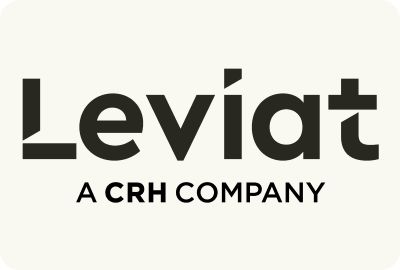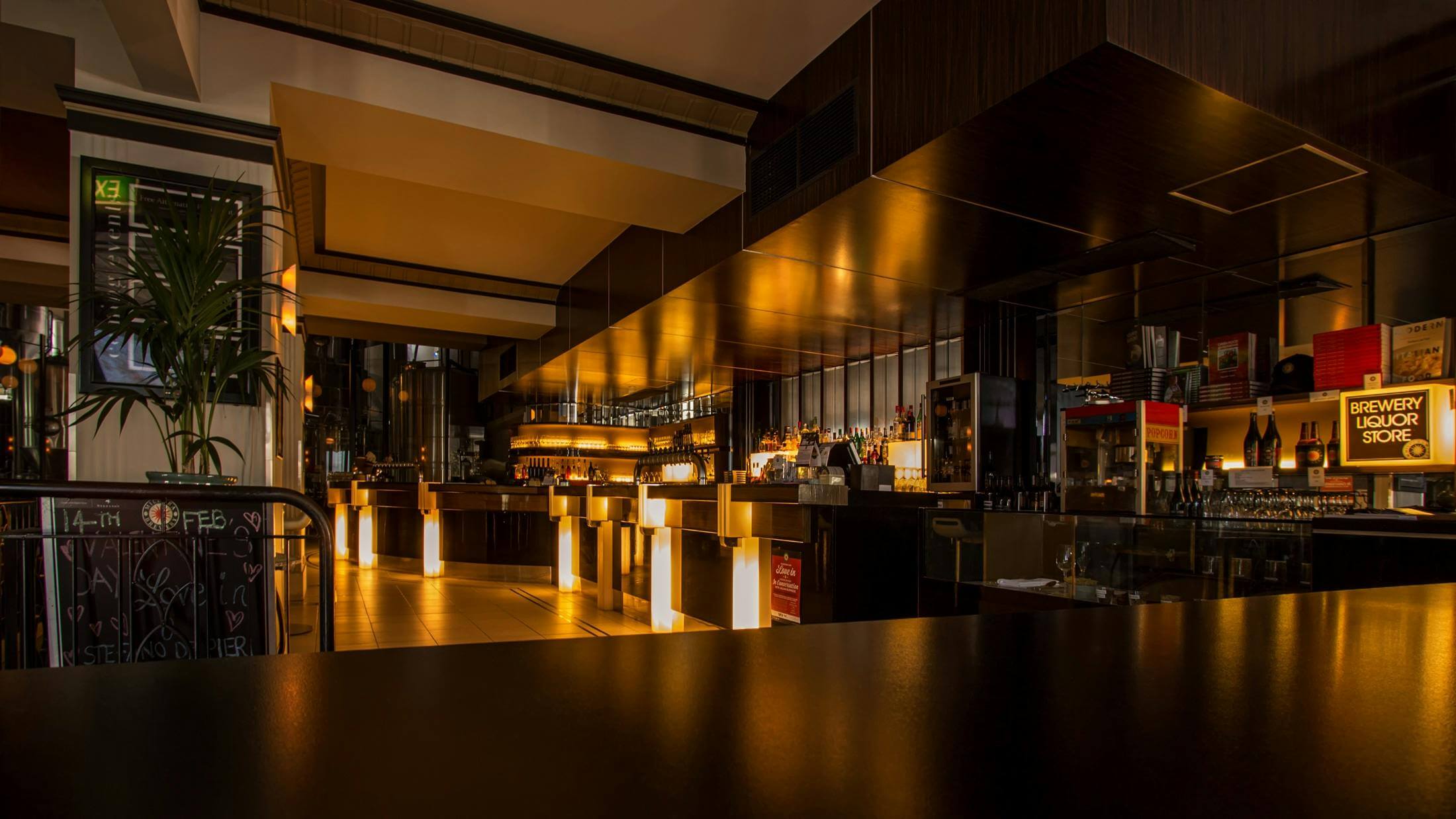





• Creative studios
• Design and marketing agencies
• Photography and video studios
• Small law and accounting firms
• Consulting and tech startups
• Multi-site professional service firms
• Large creative and media agencies
• Corporate consultancy groups
• Multi-level office operators
• Co-working enterprises

• Rising lighting and air conditioning costs
• Equipment and IT loads that add to bills
• Limited time to review energy plans
• Bills that vary with seasonal climate demands
• Confusion around contract terms and pricing
• Managing energy across multiple studio or office locations
• Aligning contract end dates
• Balancing staff comfort with cost control
• Limited visibility of energy use by site
• Limited internal resources for energy procurement
Energy is mainly used for lighting, heating and cooling, computers, monitors, editing equipment and meeting spaces. Creative studios may also use high-load gear such as lighting rigs, photography equipment and production tools.
Bills often rise during summer and winter due to increased HVAC usage. Longer working hours, production schedules and equipment-heavy tasks can also cause periods of higher consumption.
They can reduce costs by comparing plans regularly, upgrading lighting, switching off unused equipment, managing air conditioning settings and ensuring contract terms are reviewed before expiry.
Large businesses have higher usage from extensive HVAC systems, lighting across multiple floors, IT infrastructure, editing suites and equipment that runs for long hours. Concurrent operation of these systems increases demand charges.
They can align contract end dates, monitor usage by location, review tariffs, upgrade old equipment, optimise HVAC settings and use energy insights to identify peak demand periods. This helps reduce costs across their entire portfolio.





































